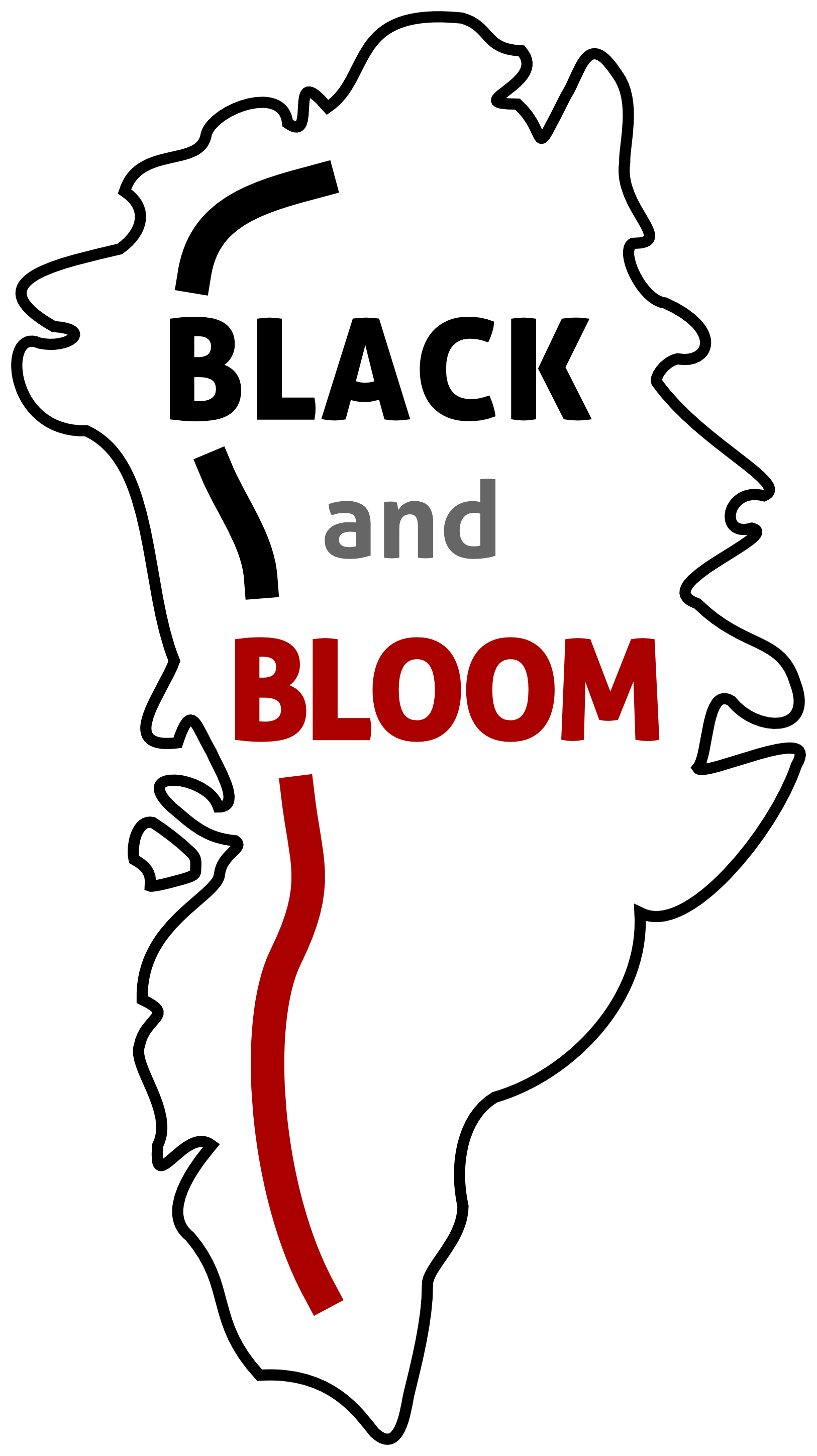Key findings
Since the Black and Bloom project started in 2015, we have made considerable progress understanding how particles and microbial processes darken and accelerate the melting of the Greenland Ice Sheet. This page provides a summary of some of our main published findings (newest first).
The Microbiology (WP1)
We demonstrated how summer blooms of “glacier algae” darken the ice surface, significantly impacting the physical integrity of the environment. We identified and quantified the energy regulation mechanisms employed by glacier algae to balance their requirements for photosynthesis and growth with the extreme light and temperature regime of the Greenland Ice Sheet, demonstrating how these mechanisms are optimised to darken and melt the ice surface. These findings are critical for the incorporation of biological feedbacks into predictive models of surface runoff and provide unique insight into how photoautotrophic life (i.e organisms that use photosynthesis) excels within icy environments. Read more
We investigated the relative abundance of dissolved inorganic and dissolved organic macronutrients (specifically nitrogen and phosphorous) in darkening surface ice environments. Based on samples taken from three distinct ice surfaces, we concluded that the dissolved organic phase dominates surface ice environments and that factors other than macronutrient limitation control the extent and magnitude of the glacier algae blooms. Read more
We studied the variability in the abundance and production of bacteria during a single melt season on the Greenland Ice Sheet. Across the supraglacial environment, production of bacteria within the surface layer of windblown dust (cryoconite) was at least four times greater than on surface ice, confirming that cryoconite holes are the true “hot spots” of bacterial activity. Read more
We used laboratory analyses to detect, for the first time, a low oxygen (anoxic) zone within the layer of powdery windblown dust (cryoconite) that builds up on the surface of ice sheets, revealing potentially suitable oxygen-free conditions for anaerobic microorganisms and processes. A six-month incubation of cryoconite samples showed a peak in anaerobic activity after forty days with a steady state reached about four months. We concluded that anaerobic microorganisms, which have received little attention to date, should therefore be considered an important component of the cryoconite ecosystem. Read more
We performed a ‘space-for-time’ assessment of an ice algal bloom from samples collected during the 2016 melt season from the bare ice zone in south-western Greenland. A variety of light-capturing and light-protective pigments were quantified and shown to increase in line with algal biomass. By advancing our understanding of ice algal bloom development, this study marked an important step toward projecting bloom occurrence and impacts into the future. Read more
The Particles (WP2)
We presented the first analysis of ice algal communities from samples collected on the Greenland ice sheet using next generation DNA sequencing to classify the organisms present. The data revealed an extremely low algal diversity with the dominant species exhibiting a site-specific distribution, which may be linked to differences in temperatures and extent of melting. Our results helped to better understand the distribution patterns of ice algal communities that play a crucial role in the Greenland ecosystem. Read more
The Albedo (WP3)
We measured and modelled algae-driven ice melting, and mapped the algae over the ice sheet for the first time. We estimated that as much as 13 % total runoff from the south-western GrIS can be attributed to these algae, showing that they must be included in future mass balance models. Read more
We defined a physical model that enables bioalbedo – biological growth that darkens snow and ice, causing it to melt faster – to be quantified from first principles. From this, we confirmed that biological impurities can influence ice albedo and identify 10 challenges to the measurement of bioalbedo in the field with the aim of improving future experimental design. Read more
We developed the first numerical model that predicts the changing colour of the snow and its overall reflectivity given information about the snow physics, biology and incoming sunlight, and showed that this information can be used to quantify melt rates. Read more
The Scaling-Up and Modelling (WP4)
We used field observations to show that pigmented glacier algae are ubiquitous and cause surface darkening both within and outside the south-west Greenland Ice Sheet “dark zone” but that other factors are also important in determining patterns of daily albedo variability, including modification of the ice surface by algal bloom presence, surface topography and weathering crust state. We further used observations from an unmanned aerial system (UAS) to demonstrate how satellites do not always detect true albedo changes and that calculations of melt made using satellite measurements therefore tend to be underestimates. Read more
We used satellite imagery to examine dark ice in the south-west of the ice sheet each year from 2000 to 2016. We found that not only does dark ice extent vary significantly between years, but so too does its duration, how dark it is and the timing of its first appearance. We also used climate model outputs to investigate possible climatological controls on dark ice. Using these findings, we suggested that whilst the location of dark ice is best explained by impurities melting out of the underlying ice, this alone does not drive dark ice dynamics. Instead, it might enable the growth of ice algae which cause visible surface darkening, but only when meltwater and sunlight (for photosynthesis) are also available. We concluded that further field studies are required to understand the growth of ice algae and links between algae growth and impurities. Read more.
